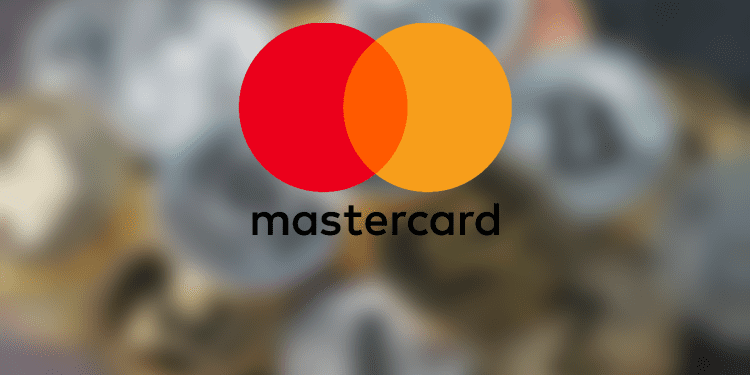- MasterCard partners with seven blockchain and technology firms.
- Ripple, ConsenSys, and Fluency are among the firms MasterCard partners up with for the Central Bank Digital Currency project.
- MasterCard has not given out specific information on the plans for the partnership.
MasterCard has announced its intention to form a partnership program with seven well-known blockchain and technology firms to foster a better understanding of the benefits and limitations surrounding the central bank digital currencies (CBDC). The announcement was made on August 17.
MasterCard has engaged the partnerships of various market players in its journey towards innovation and efficiency in a technology being watched and experimented on by 93% of Central Banks.
The payment company did not detail its specific plans for their new partnership. Still, it listed many prominent words in the Central Bank Digital Currency space—privacy, private sector, interoperability, security, driving innovations, and efficiencies, to mention a few.
The head of digital assets and blockchain for MasterCard, Raj Dhamodharan, announced in a statement that the payment processor firm is looking forward to a digitally driven future and there is a need for the value held as a CBDC to be made easy to use as other forms of money.
The program by MasterCard aims to bring together companies that have, in one way or the other, contributed to the development of Central Bank digital currencies in multiple ways.
The partnership includes Ripple, which recently announced its dedicated CBDC platform, and software company ConsenSys, which has been involved in several CBDC projects. And tokenized asset solution provider Fluency, a company that has had a hand in 23 CBDC projects.
Another one of the participants in the program, Giesecke+Devrient, has its own CBDC solution and has been involved in the creation of CBDC in both Ghana and Thailand; another company involved in the project, Idemia, has a specialization in offline payments and has also participated in a CBDC project alongside a Japanese payment service.
Consult Hyperion has also worked with central banks on offline payment solutions. The last platform involved in the project is an institutional custody platform, Fireblocks.
This is not MasterCard’s first venture into the crypto space. The payment platform has been in the space for years but has decided to pull back from it recently. The company has given the creation of CBDCs and also participated in projects with the Bank for International and also the New York Federal Reserve Bank, as well as other individual banks.
Conclusion
MasterCard has continued to make significant changes and partnerships since the year began. The company launched its stablecoin wallet to help its retail customers in the APAC, and their plans to allow crypto payments in the Web 3 space through $USDC settlement are in the works.
Also, in 2022, MasterCard released news of integrating crypto services and payment methods into their platform. It was the beginning of their innovations.














